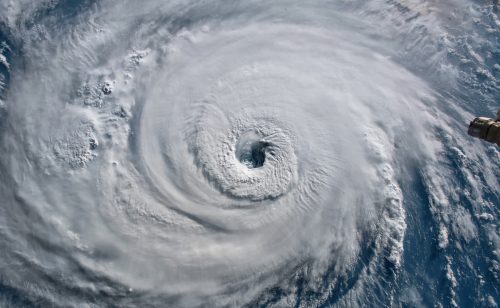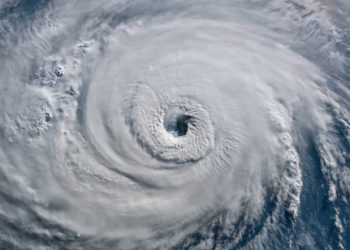Colorado State University researchers are forecasting an above-average 2025 Atlantic hurricane season, predicting 17 named storms, with nine expected to become hurricanes and four reaching major hurricane strength (Category 3 or higher).
The hurricane season runs from June 1 to November 30. The forecast is driven by unusually warm sea surface temperatures in the subtropical eastern Atlantic and Caribbean, which can weaken the subtropical high-pressure system and reduce wind shear, both of which support more favorable conditions for hurricane formation. Warm waters provide the fuel hurricanes need and contribute to a more unstable atmosphere, increasing the likelihood of storm development.
The researchers emphasize that even in active seasons, it only takes one landfalling storm to have a major impact, urging coastal communities to stay prepared.
Meanwhile, The Weather Company and Atmospheric G2 are forecasting an above-average 2025 Atlantic hurricane season, with 19 named storms expected. Of those, nine are predicted to become hurricanes, and four could reach major hurricane status (Category 3 or higher). While this is slightly less active than the 2024 season, it’s still above the 30-year average.
Despite the slight drop from last year’s numbers, the threat of U.S. landfalls in 2025 remains higher than average, underscoring the importance of preparedness for coastal communities.






























































